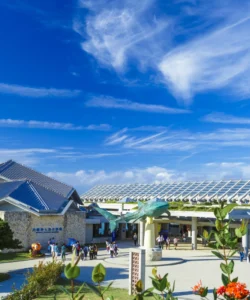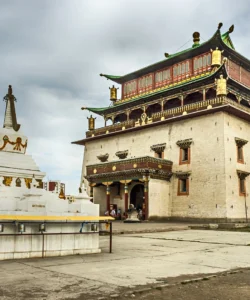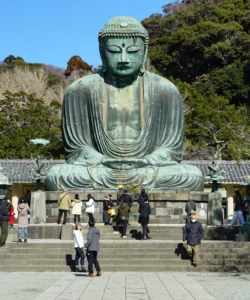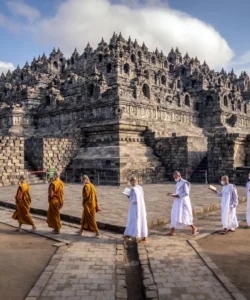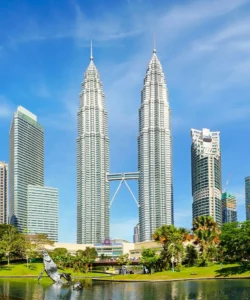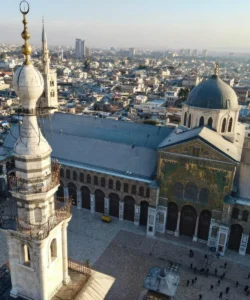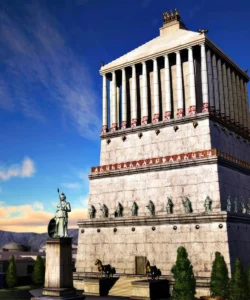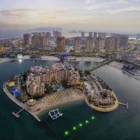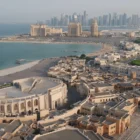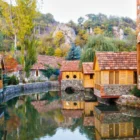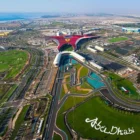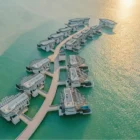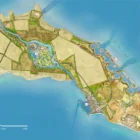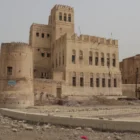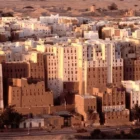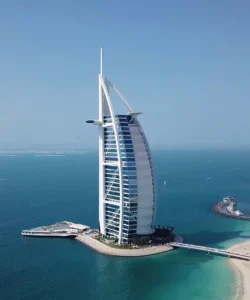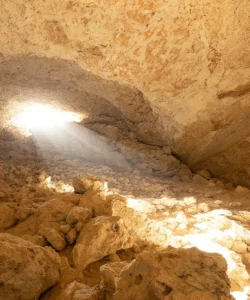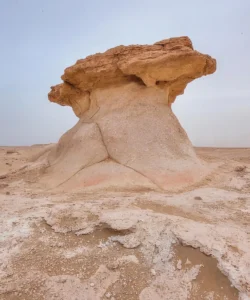Republic Square is the central square of Yerevan, the capital city of Armenia. It is a monumental and iconic landmark, serving as the city’s main urban and cultural hub, renowned for its distinctive architecture and vibrant atmosphere.
Listen to an introduction about Republic Square
Name and Address
- Name: Republic Square (Armenian: Հանրապետության հրապարակ, Hanrapetutyan Hraparak). During the Soviet era, it was known as Lenin Square until 1991.
- Address: Situated in the heart of Yerevan, Armenia, at the junction of major streets like Abovyan, Nalbandyan, Amiryan, V. Sargsyan, and Tigran Mets Avenue.
How to Get There
As the central point of Yerevan, Republic Square is highly accessible:
- By Metro: The “Republic Square” metro station (Hanrapetutyan Hraparak) provides direct access.
- By Public Transport: Numerous buses and minibuses (marshrutkas) have routes that pass through or near the square.
- Walking: Its central location makes it easily reachable on foot from many parts of downtown Yerevan.
- Taxi/Ride-sharing: Taxis and ride-sharing services are readily available throughout Yerevan and can drop visitors directly at the square.
Landscape and Architecture
Republic Square is a masterpiece of Soviet-era Armenian architecture, meticulously designed by Alexander Tamanyan as part of his 1924 master plan for Yerevan.
- Design: The square features a unique combination of two geometrical figures: an oval roundabout in the center with a stone pattern resembling a traditional Armenian rug, and a trapezoid-shaped section containing the musical fountains.
- Surrounding Buildings: Five stately buildings form the grand architectural ensemble around the square, all constructed primarily from Armenia’s signature pink tuff stone, a volcanic rock that gives Yerevan its characteristic warm, rose-hued glow. These include:
- The Government House, distinguished by its iconic clock tower.
- The History Museum of Armenia and the National Gallery of Armenia (housed in the same building).
- The Armenia Marriott Hotel.
- The Central Post Office Building.
- The building that formerly housed the Ministry of Foreign Affairs (and previously other ministries).
- Architectural Style: The buildings blend elements of traditional Armenian architecture (such as arches, columns, and national ornaments with intricate carvings) with classical and Soviet monumental styles, creating a harmonious and aesthetically pleasing complex.
- Singing Fountains: A prominent feature is the spectacular “Singing Fountains” located in front of the History Museum and National Gallery. These fountains offer a mesmerizing light and music show every evening from late May through October, drawing large crowds.
- Yot Aghbyur (Seven Springs) Fountain: A significant drinking fountain with seven spouts, also located in the square, built in 1965 and symbolizing the purity of Armenian spring water.
What Makes It Famous
Republic Square’s fame is multi-faceted, stemming from its architectural grandeur, historical significance, and its role as Yerevan’s vibrant heart:
- Architectural Gem: It is considered one of the finest examples of Soviet-era architecture, showcasing the successful integration of national Armenian motifs with monumental urban design.
- Cultural and Political Hub: As the central square, it hosts important state events, concerts, festivals, and public gatherings, truly embodying the pulse of the city.
- Singing Fountains: The evening light and music show of the singing fountains is a major attraction, enchanting both locals and tourists.
- Historical Significance: Originally known as Lenin Square and featuring a prominent statue of Vladimir Lenin until 1991, the square’s transformation reflects Armenia’s journey from its Soviet past to its independent identity.
- Symbol of Yerevan: It is one of the most recognizable symbols of the Armenian capital, often the first major landmark visitors encounter.
Differences from Other Landmarks
Republic Square distinguishes itself from other Armenian landmarks, such as Geghard Monastery, in several key ways:
- Urban vs. Natural Integration: Unlike Geghard Monastery, which is partially carved into a mountain and deeply integrated with its natural surroundings, Republic Square is a meticulously designed urban space at the heart of a bustling city.
- Purpose: While Geghard is a centuries-old monastic complex with profound spiritual and religious significance, Republic Square primarily serves as a modern civic, administrative, and cultural center.
- Architectural Style: Geghard showcases medieval Armenian rock-cut and traditional ecclesiastical architecture, whereas Republic Square exemplifies 20th-century Soviet monumental architecture, albeit with strong Armenian national influences.
- Atmosphere: Geghard offers a serene, secluded, and spiritual experience amidst dramatic natural beauty. Republic Square, conversely, is a dynamic, lively, and often theatrical public space, particularly in the evenings with its fountain shows.
Republic Square Photos:





























